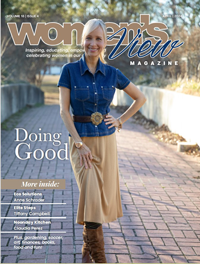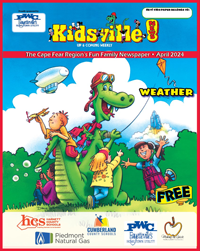The essence of the International Folk Festival in Fayetteville is the celebration of diversity in customs, foods and artistic expression. Gallery 208, on Rowan Street, heralds in the festival weekend with the opening of an exhibit by Japanese artist Etsuko Komori on Thursday, Sept. 25.
Arriving in Fayetteville several days before the opening, Komori’s first trip to the United States will open with an exhibit of her pressed flowers and foliage fine art constructions. From a representational spin to the abstract, Komori’s constructions give us examples of a highly popular art form in Japan.
We all know the collecting of flowers and leaves as a keepsake takes many forms. A forget-me-not flower is sealed in clear epoxy and hangs as a delicate charm on a bracelet or necklace. Maybe it was an elementary school assignment — identify and collect the different leaves that fall in autumn, and then iron them between wax paper in the process of making a reference book for science class. Perhaps it was a rose from a loved one, pressed between the pages of a book as a keepsake.
From the simple pressing of a rose as a keepsake, the techniques of pressing nature has evolved into finished works which maintain their color and form for many years. With new techniques, the pressed flower as simply a botanical specimen emerged into a new form of decorative arts in Japan and abroad.
{mosimage} The pressing of nature has become a very marketable and sophisticated way to celebrate nature and art at the same time. Evolving from a culture which traditionally views nature in a very different way than Western aesthetics and lifestyle, the pressing of flowers is an art form which expresses the harmony of human creativity and nature that has been distinctly Japanese.
It was Etusko Martin’s annual trips back to Japan which resulted in the high art of pressed flowers being exhibited in Fayetteville. It began with Martin bringing an example of Komori’s work back from one of her trips to share with the museum. During the past several years Martin has coordinated with the Fayetteville Museum of Art to bring the exhibit here. The museum decided the approaching opening would be perfect timing for the celebration of the international festival.
Martin, a local artist herself, shared with me her thoughts about the constructions visitors to Gallery 208 will be seeing and how Komori found her way to Fayetteville.
“I always go to galleries when I go back home to Japan and noticed the art of pressed flowers was very popular,” said Martin. “In the galleries, Komori’s work was particularly distinctive — highly complicated, some constructions appear representational, while others are abstract. All are framed and held in place by the pressing of the material against the glass. Change the frame and you change the design. Her work was much more complicated than others, and very different.”
Etsuko Martin translated Etusko Komori’s artist statement: “My works of art started simply with a love for flowers. Freshly colored flowers give a strong impression but still the flower humbly blooms by the edge of the path. I then started collecting different plants and flowers. I feel very special because I often feel as though the flowers and plants are speaking to me, as if to say, ‘Look at me, I am here.’ In that moment, I see the most beautiful things on this Earth.”
Komori’s work involves only using elements she collected from nature. Any color in her work, even the watercolor effect, is from the stain of a plant. She stated: “I think the most important fact in my artwork is that I am using these flowers when they are still alive and fresh, recalling the moment of joy when I met them. However, this makes finding the right material for my art difficult. No two plants, no two flowers, though of the same kind, are the same. Perhaps the sap color of one flower is different to the other. When I combine these natural elements in my art material the beauty of nature is complimented and flourishes.”
In a similar way, Komori responds to nature, “The surrounding attraction of nature’s beauty, it pulls me into a world of creation, transfixes me in it.”
Visitors to the exhibit will find joy in her works. Seeing the work of Komori reminds us of the continued potential of nature as a work of art, the possibilities of material and style.
The exhibit is a refreshing relief from the drama of local and national politics and news; it does what art has the potential of doing — transporting us aesthetically to a different place. In this case, it is a place of harmony and beauty.
Not only will visitors to the opening meet the artist, but Komori will be doing a demonstration during the opening. Etusko Martin will be there to translate in English the answers to questions and the explanation of the process. The opening reception is at Gallery 208, which is located in the offices of Up and Coming Weekly at 208 Rowan St., Thursday, Sept. 25, 5:30-7 p.m.
The exhibit will remain up for several months. If you aren’t able to attend the opening, then you can visit the gallery during regular business hours: Monday-Friday, 9 a.m. to 5 p.m. For information on the exhibit call Up and Coming Weekly at 484-6200.
Soni Martin can be reached at editor@upandcomingweekly.com

 How to resolve AdBlock issue?
How to resolve AdBlock issue? 









